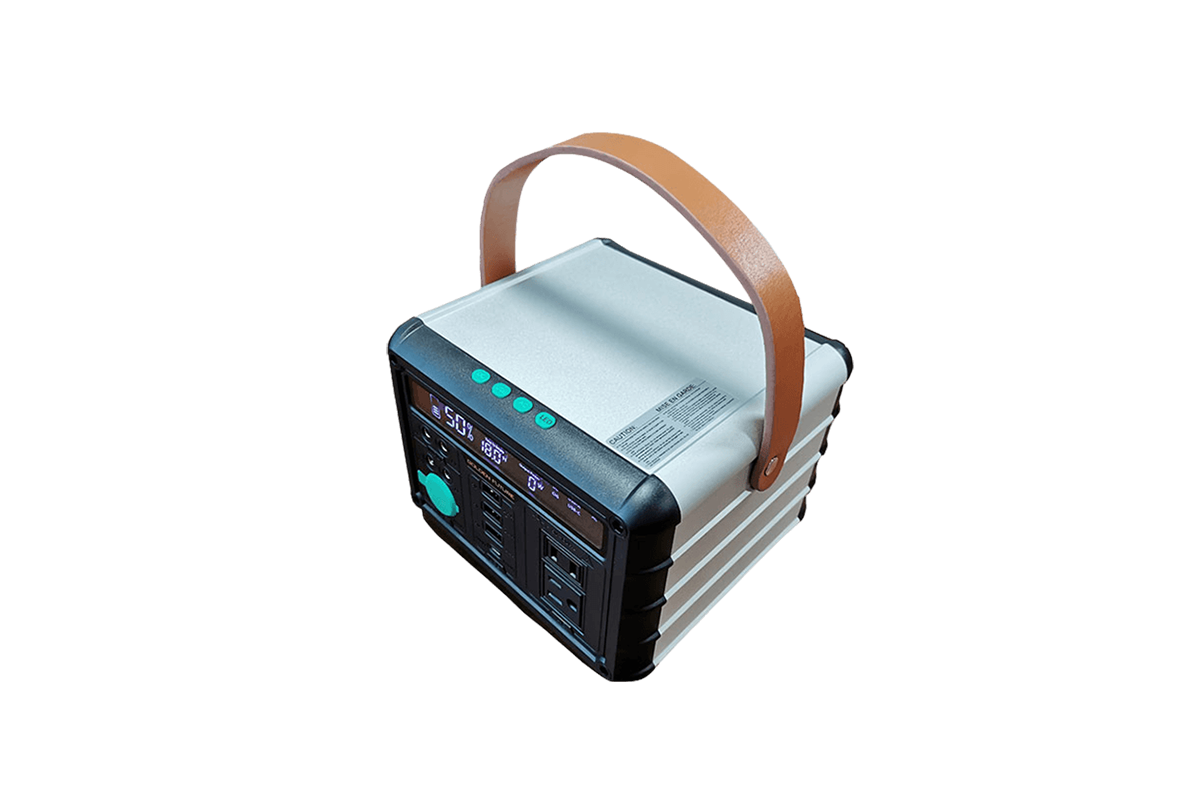

Time:2024-12-06 Views:1

High-safety lithium iron phosphate (LiFePO4) batteries have gained significant attention in recent years. One of the key safety features of LiFePO4 batteries is their stable chemical structure. The phosphate-oxygen bonds in the cathode material are relatively strong, which reduces the risk of thermal runaway. Unlike some other lithium-ion battery chemistries, LiFePO4 batteries are less likely to experience overheating and combustion even under extreme conditions such as overcharging, short-circuiting, or high-temperature environments. For example, in electric vehicles, this enhanced safety is crucial as it minimizes the potential for battery-related accidents and ensures the safety of passengers.
The thermal stability of LiFePO4 batteries also contributes to their safety. They have a lower exothermic reaction rate during charging and discharging compared to other lithium-ion chemistries. This means that they generate less heat, which is beneficial not only for safety but also for the overall lifespan of the battery. Additionally, LiFePO4 batteries do not contain cobalt, which is a toxic and expensive metal. The absence of cobalt reduces the environmental and supply chain concerns associated with battery production. advanced battery management systems (BMS) are often used in conjunction with LiFePO4 batteries to further enhance safety. The BMS monitors the battery's voltage, current, and temperature, and can take corrective actions such as cutting off the power supply if any abnormal conditions are detected. the high safety of LiFePO4 batteries makes them a preferred choice for applications where safety is a top priority, such as in electric vehicles, energy storage systems, and portable electronics.
Read recommendations:
home energy battery storage manufacture